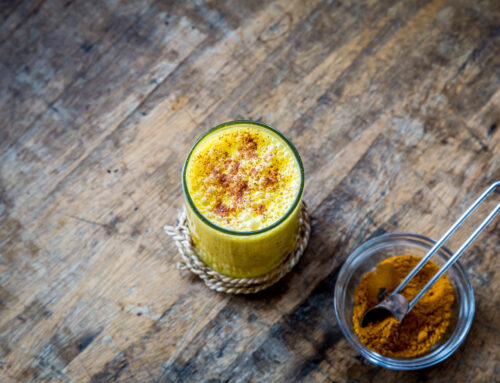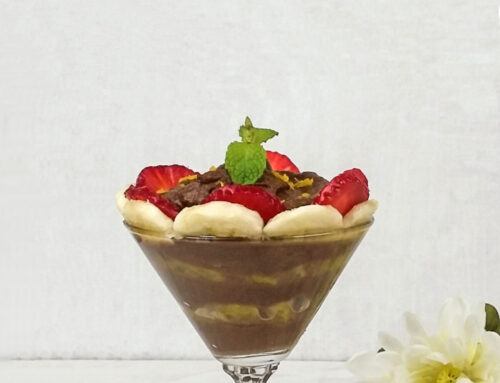 There is no limit to the variety of enticing salad dressings you can make once you understand the basic principles involved. A good salad dressing can help you feel totally satisfied with a fresh salad every day, even if you do not consider yourself a “good” raw food chef yet. Salads never need to be boring-why not have fun creating a delicious new dressing for every salad? It’s important to remember that the most flavorful salad dressings have five key components:
There is no limit to the variety of enticing salad dressings you can make once you understand the basic principles involved. A good salad dressing can help you feel totally satisfied with a fresh salad every day, even if you do not consider yourself a “good” raw food chef yet. Salads never need to be boring-why not have fun creating a delicious new dressing for every salad? It’s important to remember that the most flavorful salad dressings have five key components:
Tart/sour/acidic: sour or acid; producing a sharp sensation of taste and smell; piercing to the mind; sharply penetrating, expressive and stimulating – brightens the flavors. Sweet: pleasant and agreeable to the palate and mind, gratifying, with sugar-like overtones. Fatty or creamy: smooth, rich, oily, luscious, lush, and velvety. Salty: increases intensity of flavors already present; adds additional taste. Herbs and Spices: complements and adds drama and zest to the flavor of foods. 
Try this recipe for a piquant Pineapple Dijon Dressing
Many ingredients satisfy two or more of the five components, so it’s possible to create a simple, yet delicious, dressing or sauce using only three ingredients.
For example, pineapples, oranges, and tamarind contain a natural balance of two important flavors-sweet and tart. These fruits, therefore, satisfy two of the basic elements. That makes them ideal as a base for salad dressings.
You may also use several different ingredients from the same category. For example: garlic, ginger, and hot chili peppers all fall into the spice category and, when combined with other ingredients from the basic five, they can help to create extraordinarily flavorful dressings for salads.
Celery, sea vegetables and miso all fall into the salt category, yet they can be used together in one recipe to add different salty flavors and create an individual, yet united, effect. When using more than one salt ingredient, use much less of each salty seasoning. Salt should be used sparingly, so the addition of herbs and spices are very important, since they help to flavor dressings without the overuse of salt.
Another important element is fats or other ingredients that add creaminess. The majority of salad dressings contain oil, although it is not necessary to use oil. There is no limit to the number of dressings and sauces you can make using whole-food fats (like avocado, young coconut and tahini) or fruits (like mango, pineapple, tomatoes, and cucumbers) that thicken and add creaminess. Enjoy this raw food recipe for a favorite traditional salad dressing, Creamy Ranch!
Whole-food fats are great sources of essential fatty acids, which are necessary for good health. Of course, that doesn’t mean, “if a little is good, a lot is better”, but for most people, a small amount of fat can be included in a health promoting diet. Fats also add to the “mouth-feel” or creamy texture of salad dressings. A few whole, soaked raw nuts and seeds like cashews, almonds or sesame seeds can also be used to achieve the creamy texture people enjoy so much on their salads. For easy digestion, we recommend you use only one fatty ingredient in a dressing at one time. In other words, when making a sauce or dressing, choose oil or avocado, but not both!
You’ll love this recipe for Tahini Dressing!
If you are avoiding fats in your diet, you can use peeled, seeded cucumbers or sweet red peppers and fruits like mango and papaya to create a satisfying, creamy texture. Add a tablespoon of lime juice to balance the sweetness and some fresh herbs or hot chili peppers, with salt or miso and garlic to round out the flavor. How would YOU dress your salad?








